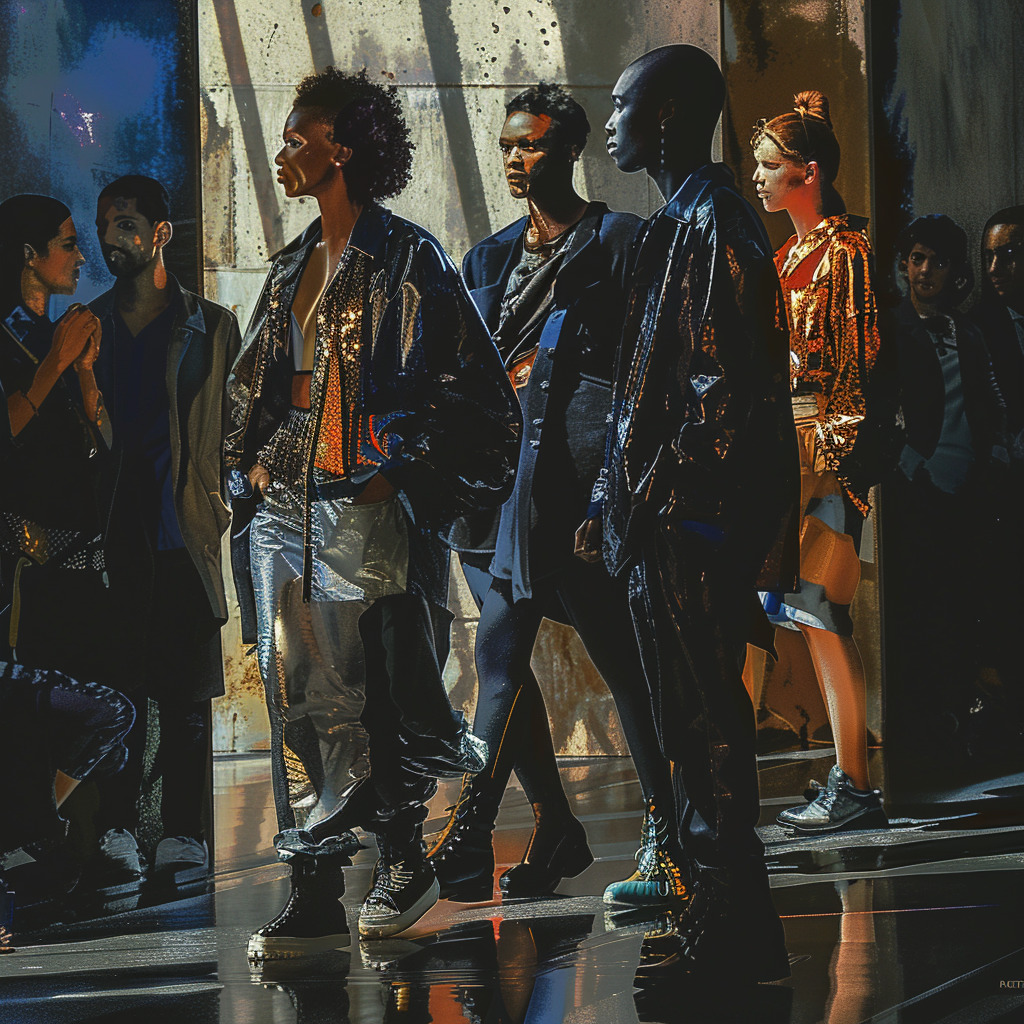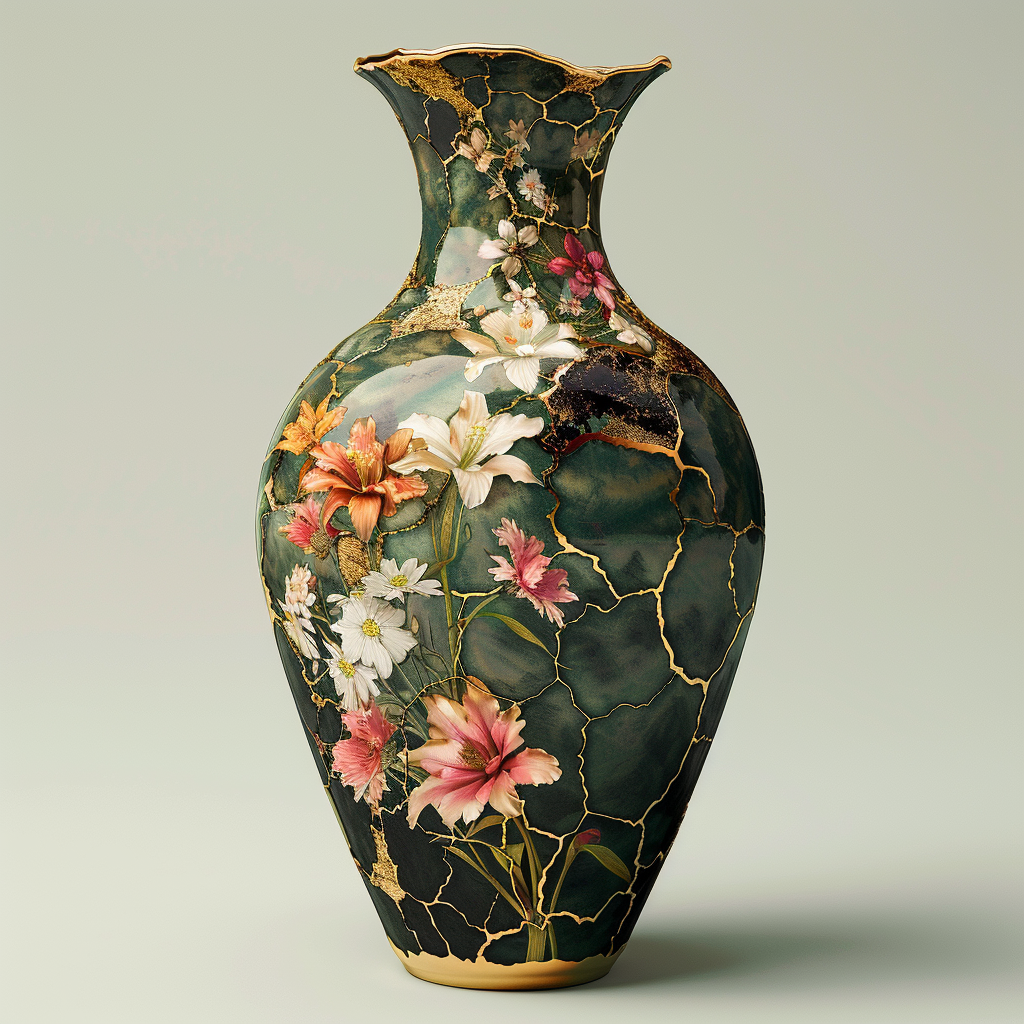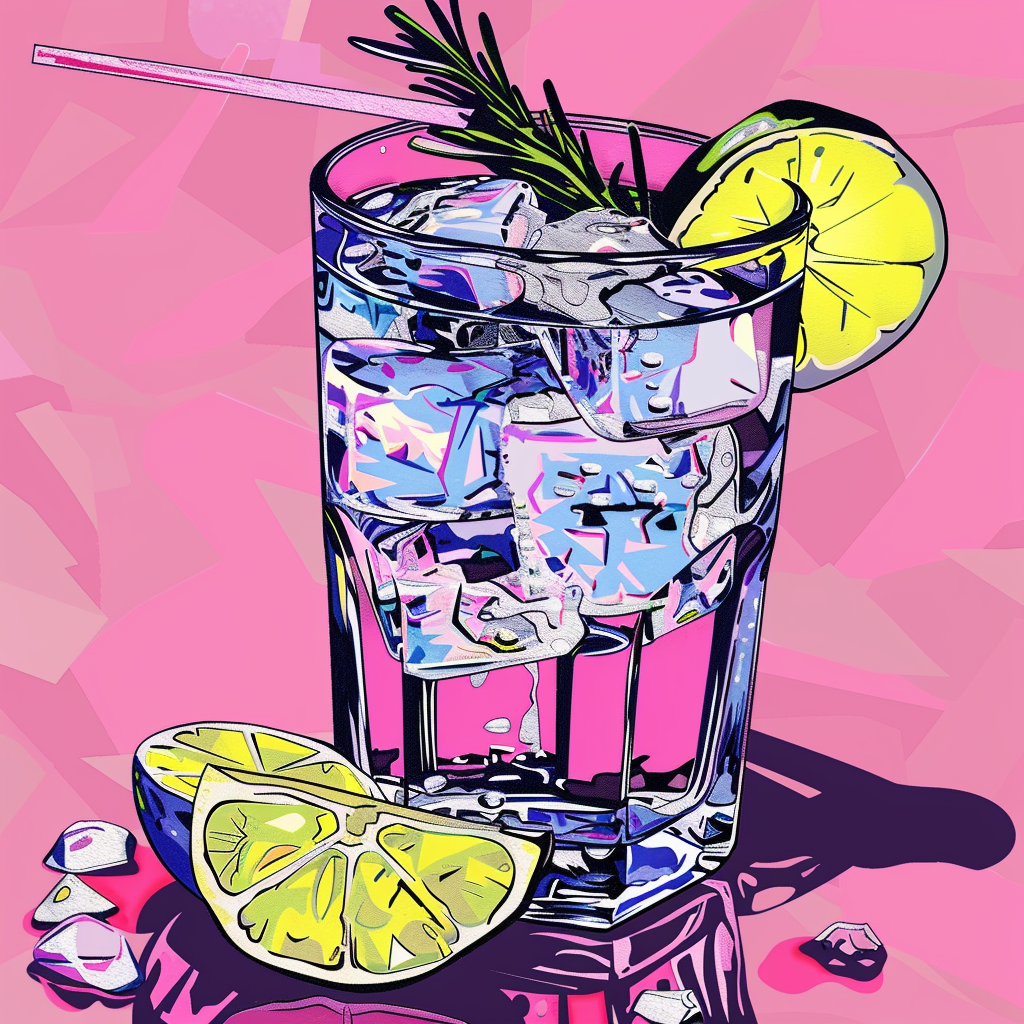
This beautiful Japanese art form takes broken pottery and repairs it with precious metals, like gold or silver. The cracks don’t disappear – they become the star of the show, highlighted in a way that celebrates the object’s history and adds a touch of unexpected beauty.
There’s something deeply poetic about Kintsugi. It speaks to the idea that flaws and imperfections are not something to hide, but rather an essential part of what makes something unique. A dropped mug, repaired with gold, becomes a testament to its resilience, a reminder that even broken things can be beautiful and hold value.

It’s a philosophy I try to apply to my own life. We all have our cracks, our past hurts and experiences that leave their mark. But instead of trying to erase them, Kintsugi reminds us to embrace them, to see them as part of our story, and maybe even use them to add a bit of golden sparkle.
This isn’t just some dusty art form in a museum – Kintsugi is surprisingly practical. It teaches me to appreciate the things I have, even if they’re not perfect. A chipped mug becomes a reminder of a cherished memory, a story etched in gold.

Maybe you’ve got a chipped plate or a favorite mug with a hairline fracture. Don’t toss it! Embrace the Wabi-sabi (the Japanese aesthetic of imperfection) and consider giving Kintsugi a try. You might be surprised by the beauty you find in the broken pieces.
Images made by me on #MidJourney.








Leave a comment